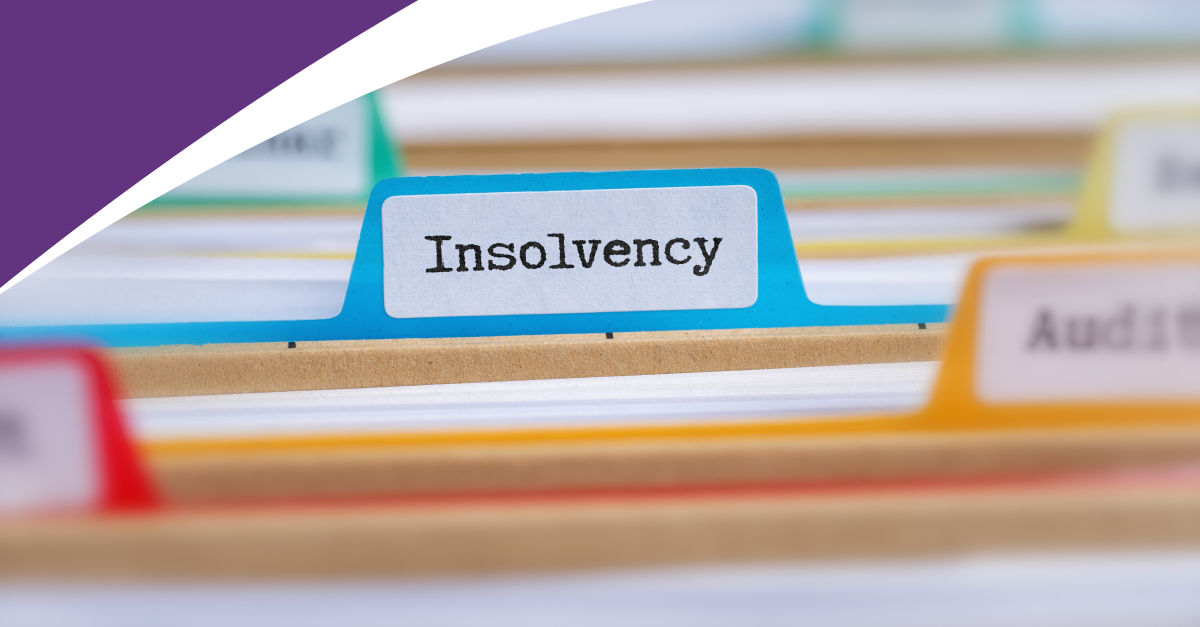Keep it simple – Delay Analysis Matrix
We have detailed some possible considerations when selecting the most appropriate method of delay analysis. Read More →
+ Read MoreKeep it simple – An introduction to delay analysis
As planning and delay professionals, we are often asked if we believe that delay analysis is as complicated as what other professionals say and some, even sarcastically, ask if delay analysts have a magic box to keep the black art of delay analysis in… the simple answer is NO to both questions! Read More →
+ Read MoreDo We Have All the Time in the World?
A plan, programme, or schedule, call it what you may, but what is it, and why do we need one?
All construction projects invariably face challenges, one of those being time. Contractors do not Have All the Time in the World. Their time to complete a project is defined by their Contract and the commercial reality that they need to make a profit.
In this short article, we examine the benefits of preparing a detailed construction programme using the Critical Path Method.
Read More →
Insolvency -The next Construction Tsunami?
Insolvencies in the international construction industry are a fact of life. They are caused because companies run out of money before they run out of work and may lead to termination of some contracts while others may be allowed to continue. This article deals with; –
• the widely projected increase in construction companies becoming insolvent,
• primary causes of insolvency,
• early warning signs,
• preventative measures aimed at reducing the risk of insolvency,
• the potentially complex issue of insolvency leading to continuance or termination of contracts,
• the role of an appointed insolvency practitioner,
• the role of an appointed Quantum Expert,
• steps to restore the construction company to a secure financial footing. Read More →
The Green Future of Construction
As featured in the October 2022 edition of Construction Law; a startling revelation that the production of Portland cement accounts for 7-8% of global CO2 emissions leads and an analysis of the onerous consequences that the need to reduce CO2 emissions may have on administration of construction contracts, subcontracts and supplier agreements. Read More →
+ Read MoreFace the Oncoming Tsunami
This follow-on article provides suggestions to all parties to work in the best interests of construction projects. This will undoubtedly cost Employers and contractors more money and effort, but given the international nature of the industries that supply raw materials and manufactured goods to the construction industry, we consider that all parties to a construction contract ought to cooperate to counteract or mitigate wherever possible the effects in terms of delays and extra costs. Shared and open information is essential. Read More →
+ Read MoreThe Tsunami Facing Construction
In the construction world, there is a further potential Tsunami approaching that may cause immense damage to the industry and to projects worldwide.
In this article we have written about a combination of current events and provided advice where:
• The consequences may be far reaching;
• Cause considerable damage to all parts of the construction industry, but where;
• Neither Employers nor Contractors are at fault. Read More →
You’re Terminated – Get Out of my Site!!
Termination of a construction contract is an action of last resort and can be a traumatic and expensive experience for both the terminating and terminated party. Most forms of contract allow for termination by either the Employer or Contractor with the procedures to be followed being similar. This article examines these procedures together with the need for compelling evidence in the form of records and how the procedures might be implemented in such a way as to avoid disputes arising because of a wrongful termination. Read More →
+ Read MoreMaximise Your Profit, Minimise Your Risk
Recently published in Construction Law Journal, Maximise your Profit, Minimise Your Risk provides advice to contractors on how to do precisely that.
It identifies common mistakes made by contractors on live projects and how to minimise the all-too-common risks encountered by contractors by providing advice and guidance on essential elements of cost and progress checking and control. In simple terms it advises contractors’ to understand fully how the commercial matters on the contracts need to be dealt with and to “Follow the Contract”.
It also identifies the common issues that contract administrators must be familiar with and address, and the records that contractors will require in pursuing additional payment and/or time claims.
Finally, it advises that before embarking on lengthy and expensive arbitration or litigation procedures that they obtain legal and independent expert advice. The independent expert advice can include an independent project claims review (or “health” or “sanity” checks as they are sometimes called) to assist contractors in maximising their profit and minimising their risks. Read More →
+ Read MoreIndependent Claims Review
In the article we describe the almost unique manner in which contractors do business, by estimating future costs often years into the distance but knowing from the start of a contact, what their income will be, subject only to changes made by the Employer.
Compare this procedure with most other industries that know what their costs are but can only estimate their future income. Compounding the uncertainties for contractors is that they are heavily reliant upon subcontractors and suppliers outside of their direct control.
When contractors run into fiscal difficulties brought about by changes or events often outside of their direct control that increases costs without concomitant increase in income, they are forced to put together claims to increase the contract value and thereby reduce or mitigate their potential losses.
Some of the claims that we have seen are often badly structured and lack adequate support and evidence of entitlement. As a consequence, they are rejected by the Employers representatives. Read More →
+ Read More









